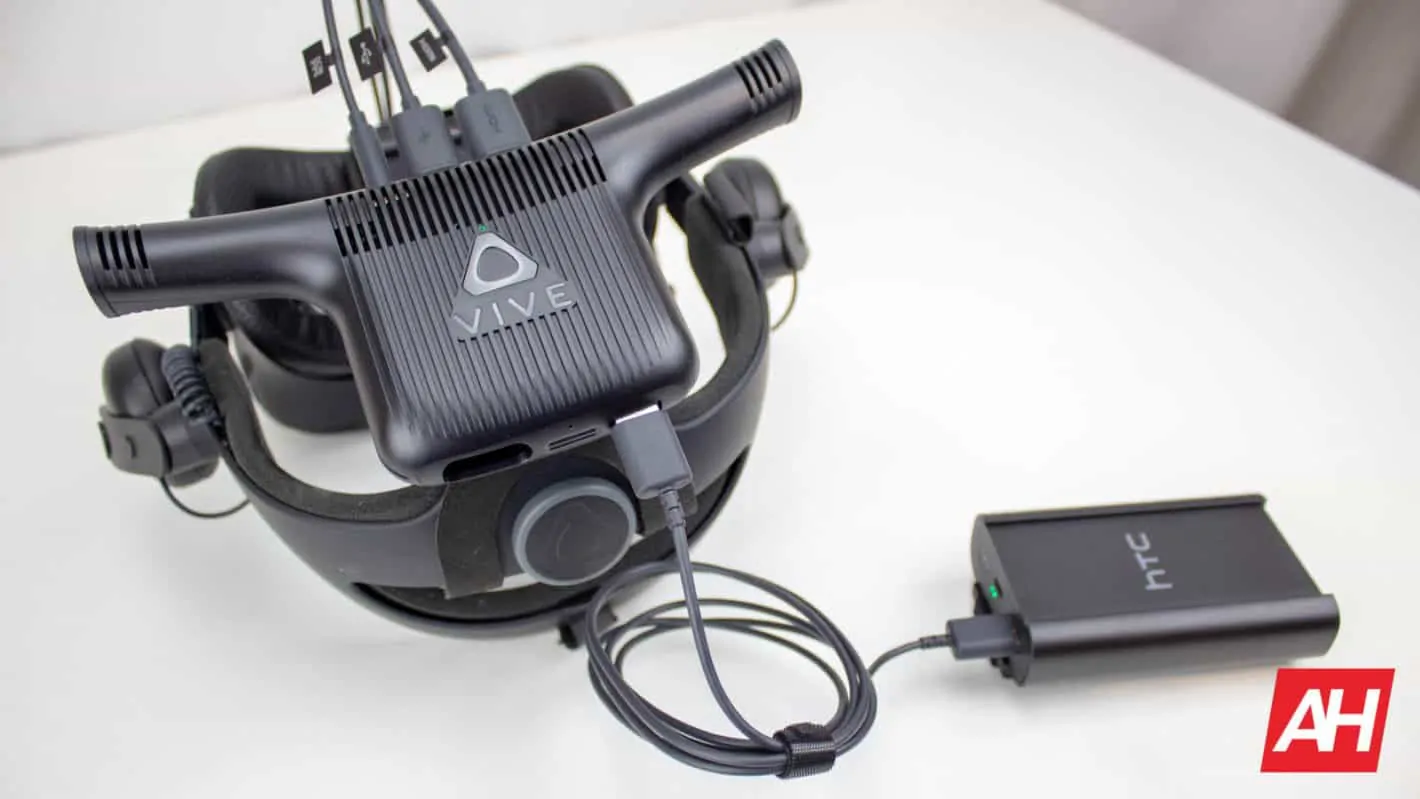HTC China president Alvin Wang Graylin is betting on the development of 5G connected VR and the launch of new headsets to drive growth in 2019 in spite of HTC’s negative overall financial report for 2018, DIGITIMES reports. The executive points to expectations that the market will mature in 2019, with a higher number of commercial users in China and the possibility of cloud VR platforms being developed for use on 5G networks. The next-generation networks will represent the first time that both bandwidth and latency are sufficient to support high-end VR experiences and could, at least partially, spur on a rise in the number of standalone models. Mr. Graylin also confirmed plans to continue improving on every aspect of VR headsets throughout the year in a bid to continue bolstering sales following the release of the company’s Vive Pro Eye and Vive Cosmos.
Self-sustained 5G optimism
The optimism expressed by Mr. Graylin appears to hinge primarily on the incoming wave of 5G networking solutions that are currently expected to roll out through 2020 with mostly minor implementations for 2019. The company also has two separate headsets already planned for release this year. One of those is a next-generation PC-powered experience similar to the original HTC VIVE PRO, called VIVE PRO EYE, that will include eye tracking for VR menu navigation along with other features and improvement. The tracking will allow the display to refocus, prioritizing high-fidelity rendering, on where the user is looking in a given scene for a more realistic experience that will almost certainly be better than the previous iteration of the hardware. The other headset is the HTC VIVE Cosmos. There aren’t too many details available for the standalone device but it is known that it doesn’t require a PC to operate but can be connected to one or to a phone. No eye tracking is included in the mid-range unit either, with the design relying instead on tracking with external cameras.
Neither of those headsets features 5G or is currently known to support cloud computing streamed over 5G but the executives choice of words may indicate that will eventually be the case with at least one of the two devices. Since HTC VIVE Cosmos can connect to either PC or a phone, it isn’t out of the question that a 5G-enabled phone could introduce cloud gaming over next-generation networks. In fact, the company is already reportedly working with Chinese, US, and European telecoms to bring cloud VR platforms forward. The display for Cosmos is expected to ship with a resolution and other specs that are much better than a smartphone screen to support higher-end PC VR games. 5G would allow for that to be translated over to on-the-go use cases, giving the VIVE another way to compete with other mid-range standalone headsets, like the Oculus Quest — also expected later this year.
VR or bust
HTC’s outlook is definitely positive on the VR front and that’s a good thing since the company’s future could easily depend on how well the VIVE division performs. The company’s recent preliminary financial report for the full year and fourth quarter of 2018, show the worst performance from HTC in recent history. That’s in spite of releasing relatively well-received products such as the HTC U12 Plus in 2018 and refocusing its efforts behind a far smaller number of handsets. The brand has been facing declining figures in terms of sales, revenue, and nearly every other metric for years, experiencing only short periods of growth. VIVE has represented one of the few areas where positive figures shine through more regularly but VR has not taken off to the degree that might be expected from the hype. Diversifying both its experiences and hardware, setting aside 5G cloud VR gaming and experiences, would almost certainly help. But it’s unclear if that will be enough and HTC certainly needs it to be.

